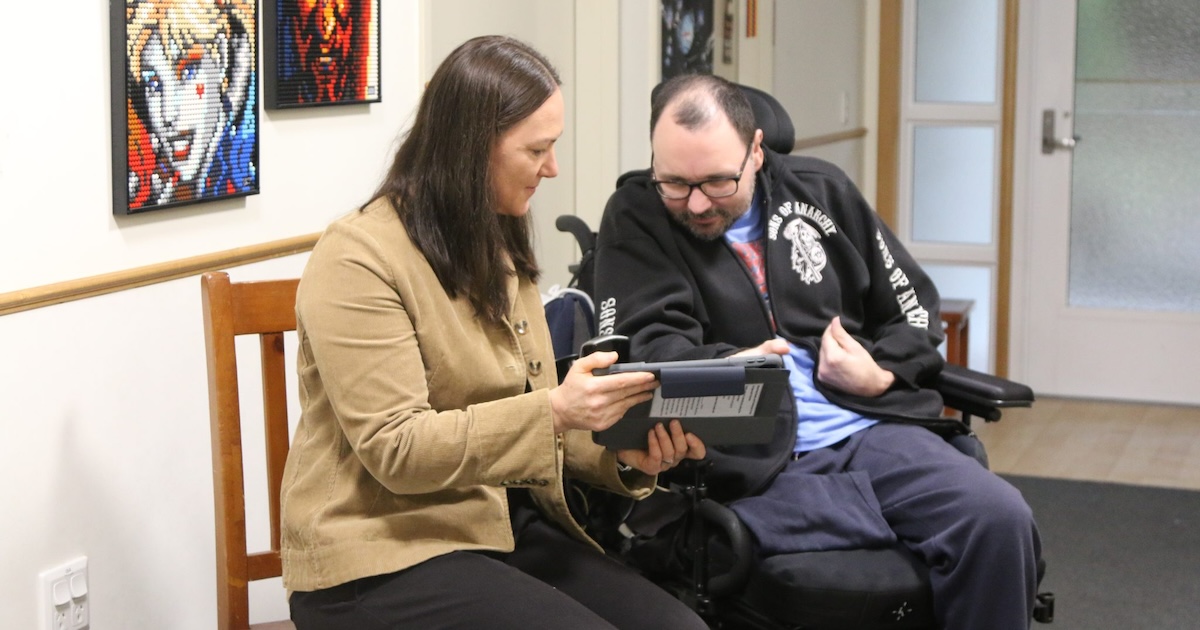The 2019 Federal Budget has come under fire as a missed opportunity to make meaningful strides towards modernising Australia’s healthcare sector.
The Budget includes a $62 million investment over four years for GPs, emergency care and specialist services in rural areas and planned upgrades to regional hospitals.
But Coviu CEO Dr Silvia Pfeiffer said funding is needed to spur innovation in healthcare, especially from digital health and telehealth.
“It's the only way to scale our future healthcare needs in an increasingly aging and digitally enabled population,” she said.
“Funding for digital health and telehealth is certainly a step in the right direction; however, I'd like to see this taken even further. The government should be looking to include even broader reimbursements for telehealth and digital health, including video consultations.”
Ricoh Australia CEO Andy Berry said innovation in healthcare is often stifled by the immediate requirement for day-to-day productivity.
“We have a long way to go to develop the digital workplace – an essential building block for innovation. Yet, everything from enhanced cybersecurity to rural health improvements can be bolstered with digital workplaces,” Berry said.
“A modern digital workplace helps people collaborate and facilitates better teamwork and the technology is applicable across any location – from a corporate head office to remote sites. Digital workplace innovation also helps product and service innovation, which is something the government should always be looking to propel.”
[Read more: Australian Govt pumps $6.3M into Health Data Portal development | Tech development, regulation, investment and implementation key to digital health]
Tableau Software ANZ Managing Director Nigel Mendonca said the need for digital transformation spending highlights the need for more data analysis and insights across government agencies and the wider economy.
“With better analytics, we can make better decisions on our digital transformation programs and the effectiveness of public spending,” Mendonca said.
“STEM education will generate more data and with analytics, we will be able to witness in real-time how well students learn and how well the ideas will grow. It would be great to see the government promote analytics as a discipline in itself – the economic benefits are waiting to be discovered.”
Talend ANZ Country Manager Steve Singer said data trust and intelligence is the next frontier for STEM and digital transformation.
“The Federal Government’s budget contains many programs which can benefit from better data trust and intelligence. Investments in cyber security, digital transformation and STEM education will be more successful if they are backed by trust and intelligence from the data they generate,” Singer said.
“For example, the $220 million from the Medical Research Future Fund for research into heart disease will go further with more intelligence on causes and treatment outcomes, while relying on trusted data to fuel their decisions. With that information we can ensure public funds are working as well as they can.”
A BIG MOVE FOR SECURITY
On the other hand, the industry welcomed the funding towards cybersecurity.
According to LogRhythm APAC Sales Director Simon Howe, the extra funding is necessary to prevent cyber theft and espionage in healthcare.
“Risk factors can be identified with better and more timely data analysis. Everything from behavioural analysis to trending targets can be identified, review and ‘de-risked’ with better intelligence,” Howe said.
“The Federal Government investments will hopefully help increase awareness of risk assessment among the Australian business community.”
Moustache Republic Director Laura Doonin said the emphasis on increasing cybersecurity capability presents a good opportunity for local companies to deliver technologies and services to assist with digital changes.
“By starting with local opportunities, Australian companies can develop solutions which are applicable to any global company. Let’s use government incentives as a starting point for technology development,” Doonin said.
“This is particularly true for small- and medium-sized businesses such as retailers with a focus on digital. With the right support and economic development infrastructure, businesses can go global through innovation.”
[Read more: Why crisis response is a weak point for healthcare cyber security | What does the new Secure Cloud Strategy mean for healthcare?]
WatchGuard Technologies ANZ Regional Director Mark Sinclair said small businesses are the engine of Australia’s economy and welcomed the investment to cybersecurity.
“Too often, we hear about a small business becoming the next victim of a phishing scam or ransomware attack. That small business could be a medical centre… and it’s time we all stepped up to a new level of awareness and action,” Sinclair said.
“As a result, we strongly encourage the government to reconsider an uptick in federal funding for cyber education and support for small business security technology investment so that business can focus on what they do best rather than worrying about their IT infrastructure.”
Aura Information Security Australia Country Manager Michael Warnock called for further investments in both specialist cyber skills and broader awareness programs.
“A perennial problem in Australia – and indeed globally – is a shortage of cyber security skills. Let’s hope the $570 million cyber spending boost will flow onto other areas of the economy. For example, requirements for anti-drone technology for the AFP and AI technology for ASIO could be met with local suppliers.”
